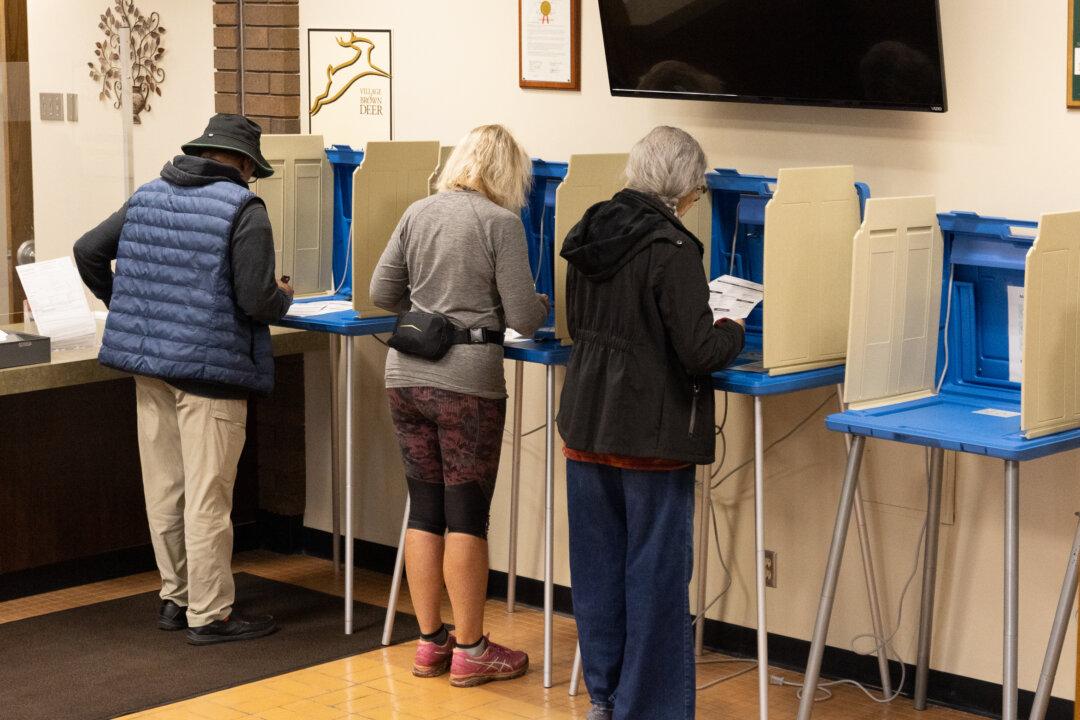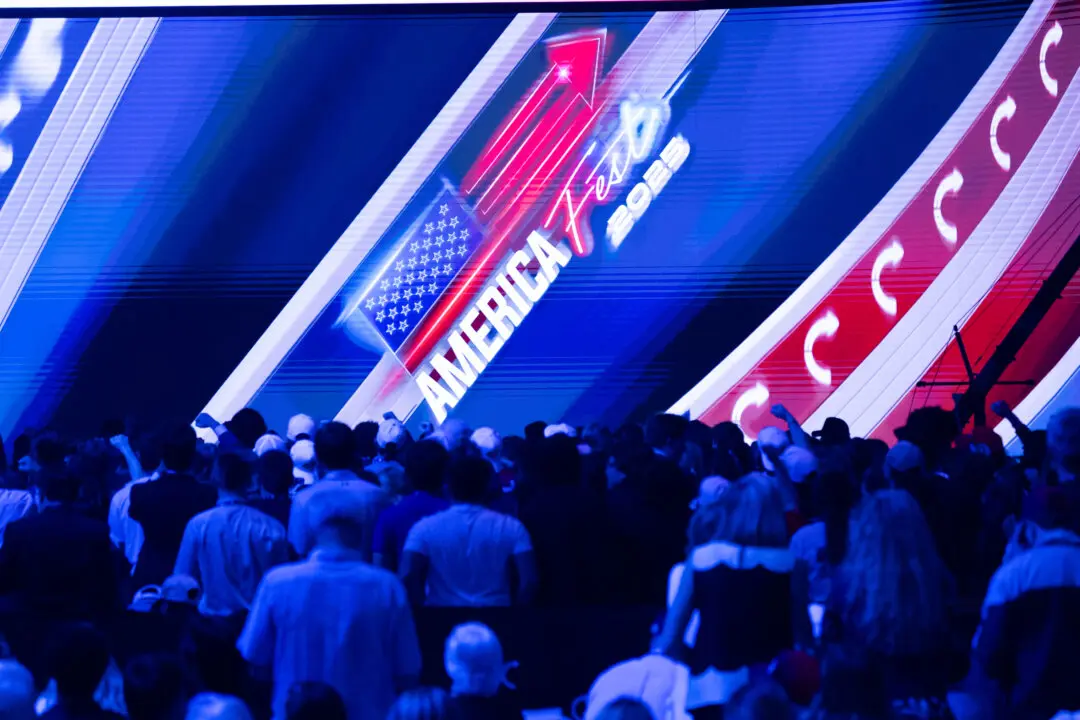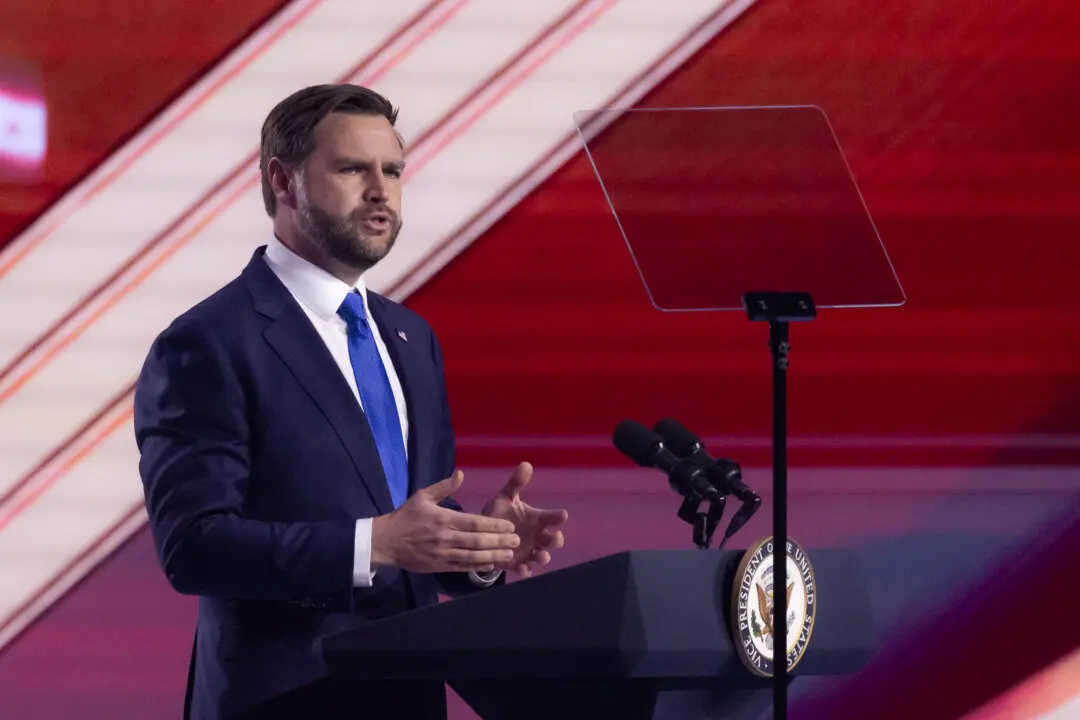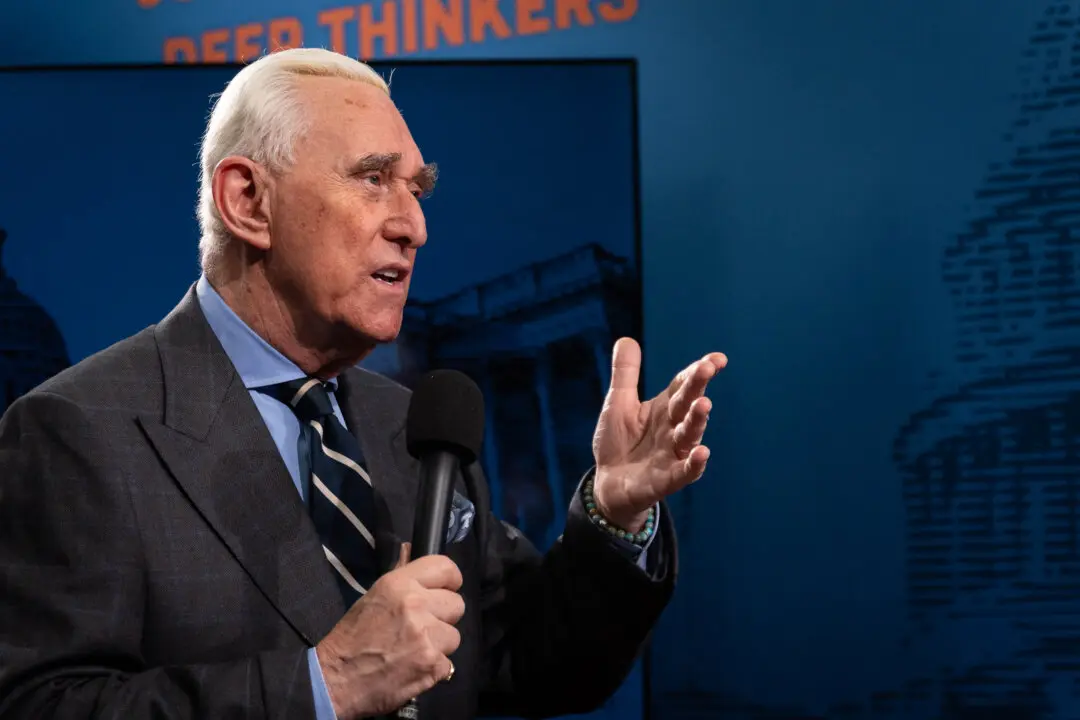As Wisconsin’s version of early voting got underway, The Epoch Times spoke to voters from a wide range of places and perspectives: small towns, Milwaukee suburbs, conservative Waukesha, and liberal Madison.
Voter turnout on day one of what the state terms “in-person absentee voting” stood at 97,436—more than 17,000 votes higher than in 2020, during the COVID-19 pandemic response.





